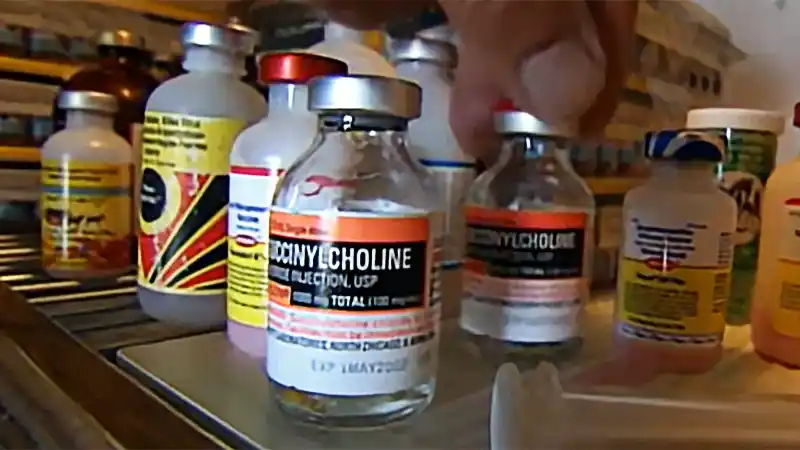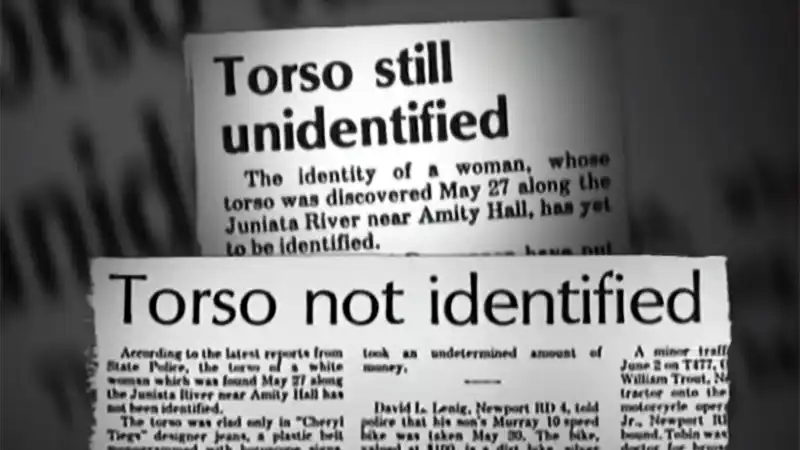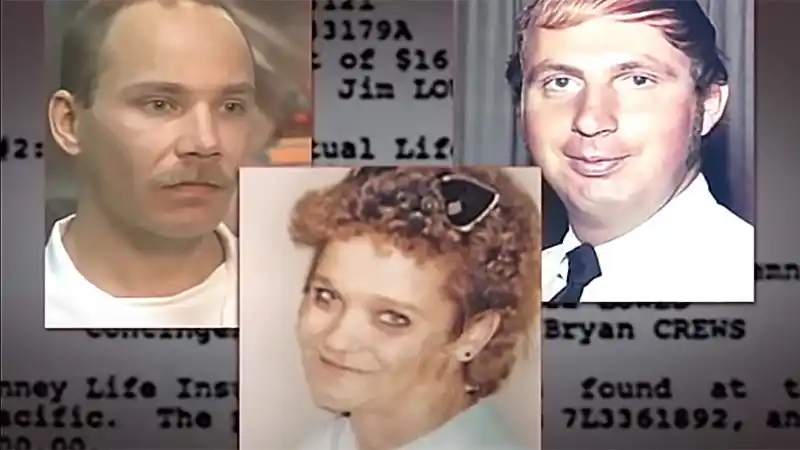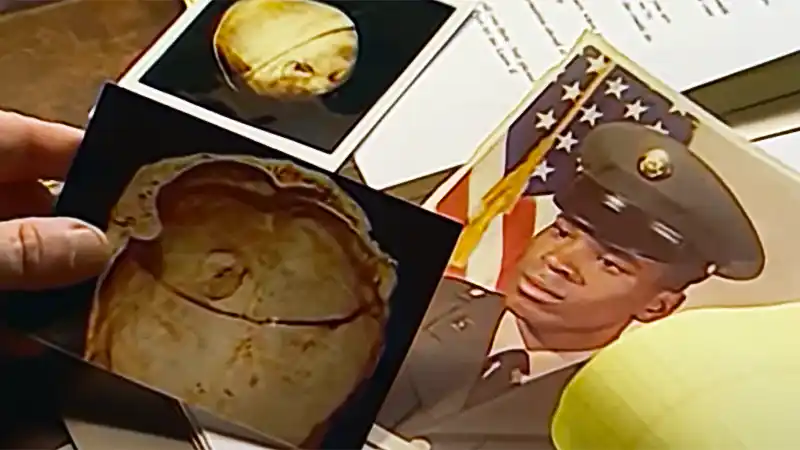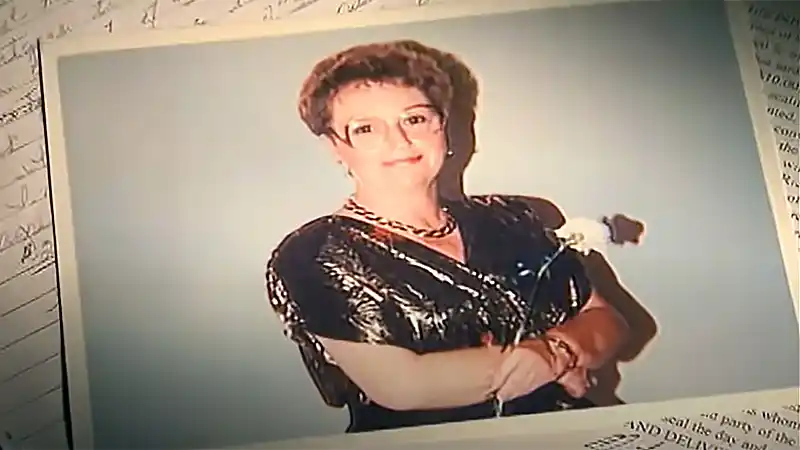Forensic Evidence:
Autopsy Report
Posted: June 21, 2022
By: Robert S.
What is an autopsy report?
The Greek word autopsia (meaning “to see with one’s own eyes”) gives us the word autopsy. An autopsy is performed by a medically trained professional, usually a doctor or a pathologist, and it can serve several purposes. It’s a post-mortem examination of the body or a specific region of the body, like the brain or other organ. An autopsy is often executed to determine a person’s cause of death, whether for research or legal reasons.
Once the assessment is completed, a detailed autopsy report is generated. This report describes the methodology of the examination, and it makes relationships between the visual examination and the various tests performed, such as laboratory or radiology. The medical examiner will detail how they believe the death occurred, backing up their opinion with the details of their analysis. Ultimately, the expertise of the pathologist may be called into question during a criminal trial if any details of the autopsy are questionable.
The official autopsy report may take weeks or even months to prepare. This depends on the examiner’s backlog of cases and on the outcomes of various secondary testing that might be required. Finally, the autopsy report is delivered to the family/estate of the deceased, law enforcement (if part of an investigation), and the authority who originally ordered the report.
Who decides if an autopsy is needed?
A pathologist may require an autopsy be performed, sometimes despite the wishes or consent of the decedent’s family. Recall the case where Craig Rabinowitz murdered his wife Stephanie in the episode Summer Obsession (s10e27). It’s Jewish custom that the deceased be buried before the subsequent sundown. Thankfully, the medical examiner overruled this tradition in order to perform a thorough autopsy, and he found Craig had drugged his young wife with Ambien.
It comes down to a combination of factors that ultimately decide whether or not to perform an autopsy. While the police might request an examination, the family members could decline permission. I would think someone not involved in a crime they’re attempting to cover up should want an autopsy. The truth feels like the most important outcome – whether it’s determining if the victim committed suicide, if they were poisoned, or if they succumbed to natural causes.
How is an autopsy performed?
An autopsy and the details provided in the report can cover a range of scopes. A complete autopsy involved opening the deceased’s body cavity and performing examination of the organs and tissues found within. This can also include investigating the contents of the stomach and digestive tract, toxification of the liver, and various other structures. The subject’s brain is another key focus area of a complete autopsy. A limited autopsy may be ordered for a variety of reasons, but its intent is to isolate the examination to one key region of the body. This is typically the deceased’s brain or heart.
But before the body is examined, a preliminary, visual survey is undertaken. The pathologist first records information about the characteristics of the subject. Aspects such as height, weight, and ethnicity are noted, along with all identifying traits. These can include scars, tattoos, piercings, and attire.
How to read an autopsy report
The pathologist’s autopsy report details the procedure undertaken in the examination of the subject. Reports’ presentation can vary from state to state, but each follows a format approved by the National Association of Medical Examiners. Someone examining an autopsy report can readily find the pathologist’s:
Diagnosis of the decedent
: This is a summary of the medical history which can include information about prescription history, family medical information, and even social history.Toxicology report
: From simple to complex, this section covers the outcomes of various tests for toxins found in the subject’s bodily tissues and/or fluids.Pathologist’s opinion
: The opinion summarizes the examiner’s observations. It might suggest that additional examinations be performed.Cause of death
: This area can include factors attributing to the subject’s death, the manner in which the person died, and the mechanism if determinable. In forensics, this section is critical as it can indicate whether a death was accidental, natural, homicide, suicide, or undeterminable.
29 cataloged episodes where the Forensic Evidence includes Autopsy Report
Ronald Porter California serial murderer in 1980s
Insect Clues (s01e10)
Joanne and baby Alex Katrinak kidnapping and murder by Patricia Rorrer
A Woman Scorned (s05e03)
Reyna Marroquin murder solved after 30 years
A Voice from Beyond (s05e04)
Alvin Ridley murder charge exoneration
'Kill'igraphy (s05e09)
Kenneth Pierce hit-and-run death of Nicole Rae Walker
Journey to Justice (s05e17)
Ken Tranchida murder of Tina Biggar
Deadly Knowledge (s05e19)
Dawn Bruce rape and murder by neighbor Robert Knight
Soft Touch (s06e09)
Stephen Hricko killed by wife Kimberly Hricko
Whodunit (s06e12)
David Davis murder by poison of Shannon Mohr
Horse Play (s06e13)
Brad Jackson murders own daughter Valiree Jackson
Bagging a Killer (s06e25)
Donald Ruby jailed for the murder of Edna Posey
Scout's Honor (s07e12)
Ray Krone Exoneration and Arizona Settlement
Once Bitten (s08e07)
Ed Sherman murder of pregnant wife Ellen Sherman
Dinner and a Movie (s08e10)
Earl Bramblett murder of entire Hodges family
Private Thoughts (s08e16)
Michael Hunter killed with lidocaine by Joseph Mannino
Letter Perfect (s08e26)
Jonathan Memmer murder and arson in Iowa City
Smoke in your Eyes (s08e29)
Nancy Dillard Lyon murder by arsenic poisoning by husband Richard Lyon
Writer's Block (s10e21)
Craig Rabinowitz drugged and strangled wife Stefanie Rabinowitz
Summer Obsession (s10e27)
Bill Lowes beaten to death with axe handle by Bryan Crews
Bump in the Night (s10e34)
Insurance fraud murder of Frankie Pullian
Undertaken (s11e13)
Michael Peterson murdered wife Kathleen and staged accident
A Novel Idea (s11e22)
Tampa adjuster Katie Froeschle murder by Jason Funk
Muffled Cries (s11e31)
Lynn Turner Antifreeze Murder of Randy Thompson
Cold Hearted (s12e03)
Heather Stigliano's murder by James Whipple
Pressed for Crime (s12e13)
Cold case of Diane Maxwell's murder in 1969
Brotherly Love (s12e22)
Jack and Linda Myers shot by son Gregg Myers
In the Bag (s12e27)
Edith Ann Haynes murder by Michael Bryant
Yes, In Deed (s12e28)
Michelle Herndon propofol poisoning by Oliver O'Quinn
Needle in a Haystack (s13e28)
Maurice Wallace murder of student Olamide Adeyooye
Covet Thy Neighbor (s13e35)
Find a typo or issue with the details of this article? Leave a comment below, or contact us!
Sources
- https://www.legacy.com/advice/what-you-need-to-know-about-an-autopsy-report
- https://www.medicinenet.com/autopsy/article.htm
- https://dying.lovetoknow.com/what-is-death-like/autopsy-report-basics-easy-understand-guide









